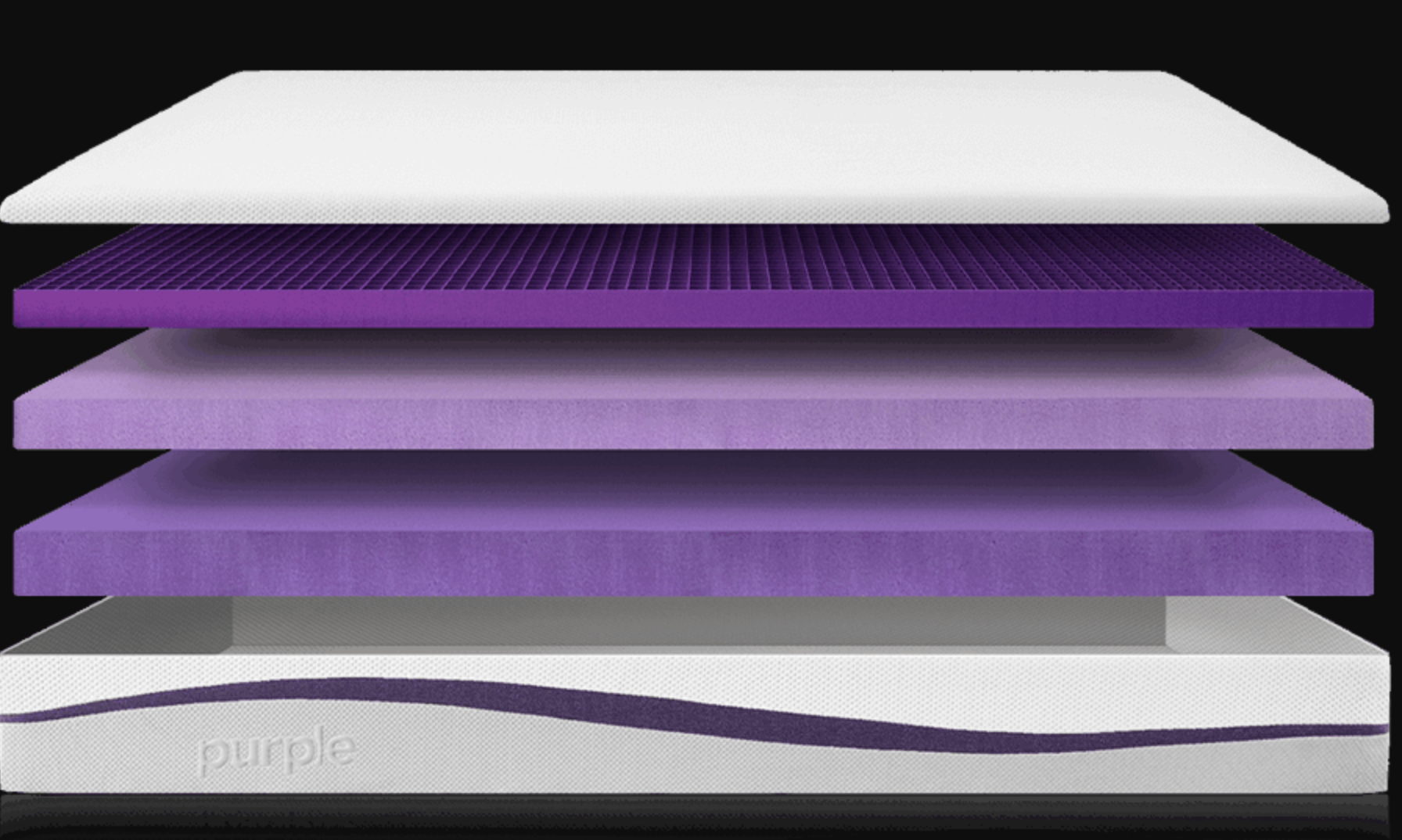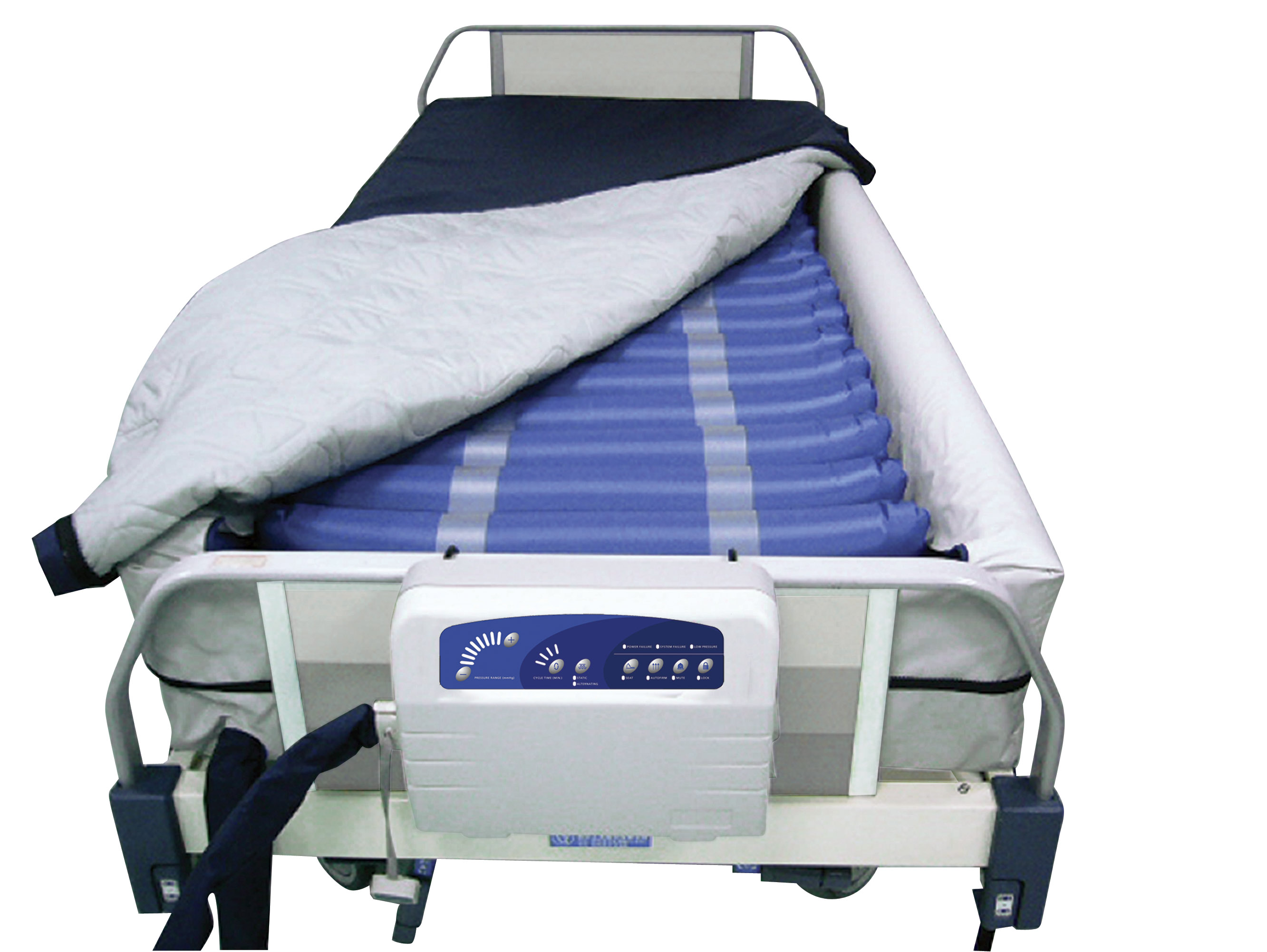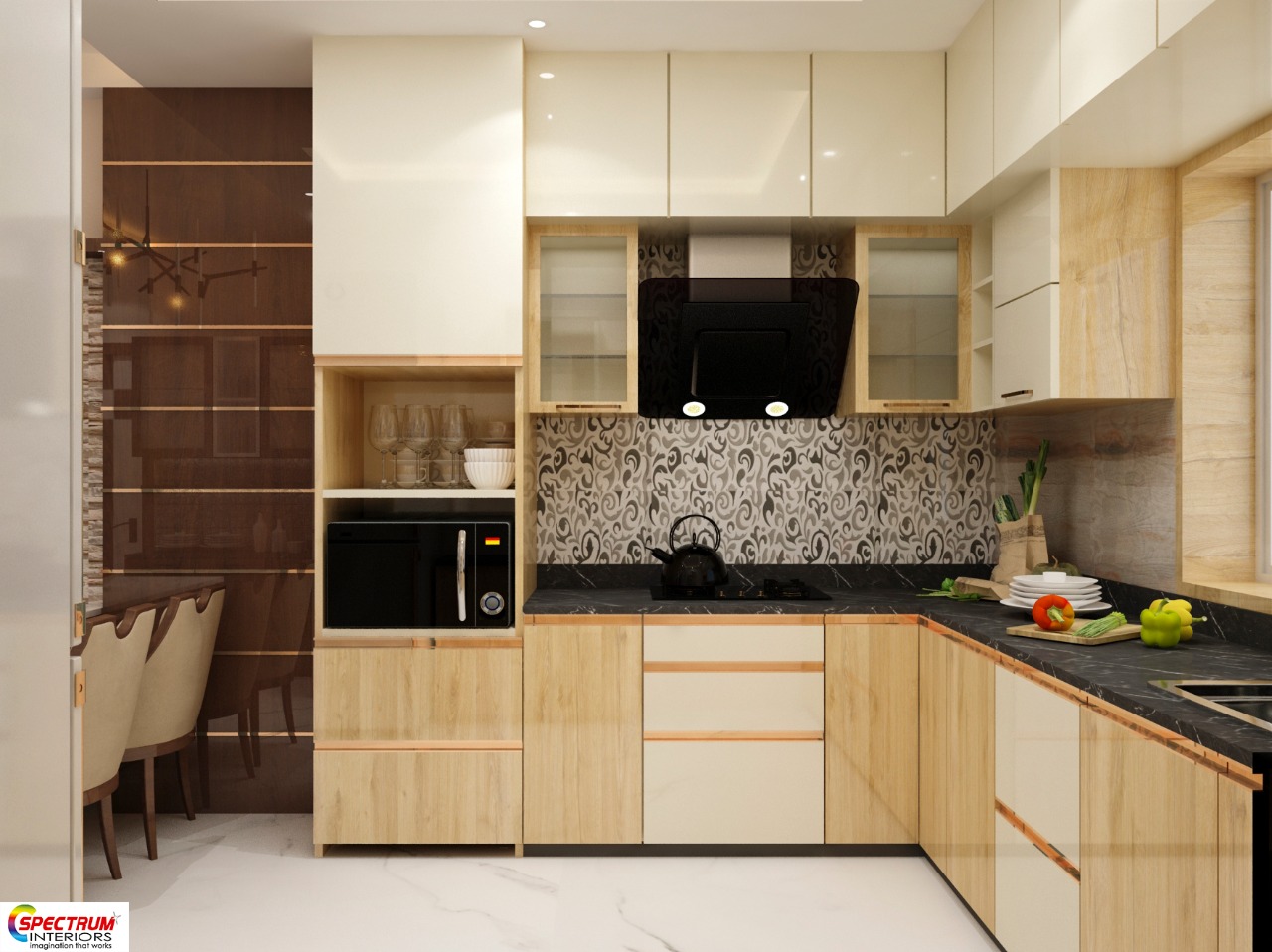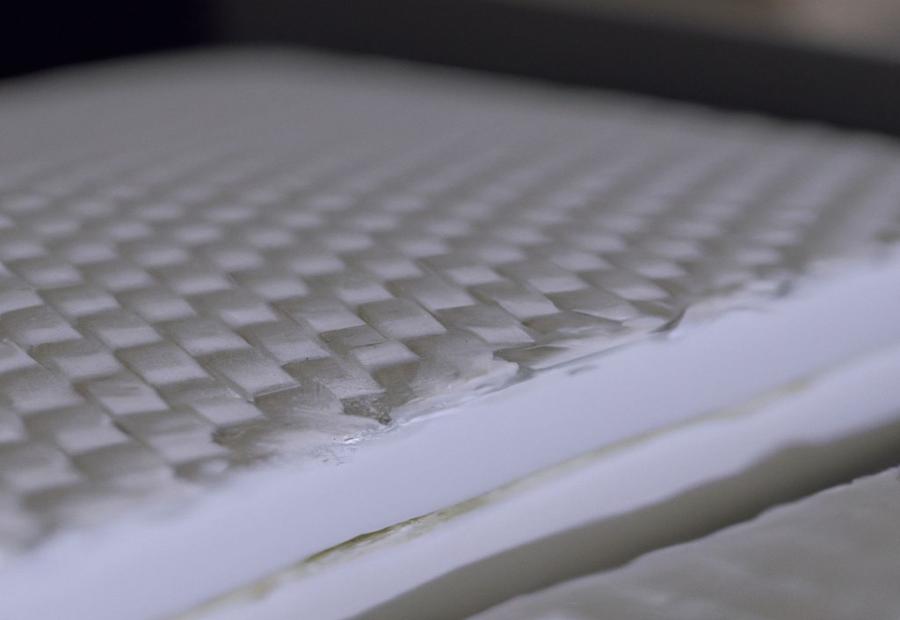Interior doors, although vital to for the interior aesthetic, often don’t provide much soundproofing. Noise travels through doors using air displacement. This means that if a door isn’t constructed with soundproofing in mind, it’ll fail to reduce the noise levels inside your home. The best way to soundproof an interior door is to use a combination of techniques that’ll help block sound from entering or exiting a room. These techniques include adding a door sweep to the bottom of the door, using magnetic seals and weatherstripping to seal the sides and top of the door, and adding a door panel filled with soundproofing material. To ensure you get the quietest interior doors, make sure to use appropriate materials and insulation. For example, choose a solid wood or composite interior door as opposed to an interior door made from thin wood layers. The thicker the door, the better.Soundproofing Interior Doors: Tips for a Quieter Home
Interior door sound blocking can be achieved by using a variety of techniques. One of the most popular methods is to add a door sweep to the bottom of the door. This will help to reduce air displacement which can cause sound to travel through the gap between the door and the floor. Along with a door sweep, you can use other materials to help reduce sound transmission through interior doors. Installation of a door panel filled with soundproofing material can provide both insulation against the temperature and soundproofing. Magnetic seals and weatherstripping can be applied around door frames to help reduce sound leakage, too. Another option to consider when designing the interior space of your home is to incorporate soundproof doors. Soundproof doors are constructed with increased insulation to help noise from entering or exiting a room.House Designs: Interior Door Sound Blocking Techniques
Interior soundproofing reduces the risk of interior noise polluting your home and disrupting your everyday life. If you regularly hear loud noises coming from rooms such as the kitchen, bathroom, or music room, it may be time to soundproof the interior. The most important aspect of interior soundproofing is ensuring you use sound absorbing materials. The best materials for soundproofing interior areas will have a high rating in the sound absorption coefficient test, also known as the “Noise Reduction Coefficient” or NRC. Materials that are used for interior noise reduction vary depending on your budget and project requirements. Some of these materials include sound-absorbing fabrics, acoustic tiles, and acoustic foam. You can also use thicker curtains, carpets, or rugs to help reduce the amount of noise traveling around the interior of your home. Interior Soundproofing Tips: How to Reduce Noise Inside Your Home
When it comes to reducing sound through interior doors, the key is to create an airtight seal from door to floor, as well as from door to door. It’s important to make sure all the spaces around the door are fully sealed off from sound. It’s best to start with a good quality interior door. These doors are generally made from solid materials like wood or composite which are much more effective at soundproofing than hollow doors. You’ll also need to make sure the door is fitted properly and it meets the necessary standards. You may also want to add insulation, such as a door sweep, around the door frame to help further reduce the amount of sound traveling through the door. You could also install sealants or sound-absorbent materials around the frame. How to Reduce Sound Through Interior Doors
Soundproofing solutions for interior doors come in all shapes and sizes. Depending on your budget and the level of soundproofing you need, there are a variety of products available to help you achieve this. Some of the most popular products for soundproofing interior doors include door sweeps, soundproof seals, weather stripping, and acoustic foam. You could also install door panels filled with soundproofing materials to help reduce noise transmission. It’s also important to consider the room the door is in and what kind of noise it needs to keep out. For example, if the room is being used for music practice, you may want to opt for a thicker door and more robust soundproofing materials. Interior door soundproofing solutions | Soundproof solutions for doors
Door sweep kits are one of the most effective methods of reducing sound transmission through interior doors. A door sweep kit consists of a rubber strip that runs along the bottom of the door and helps to create an airtight seal from the door to the floor. Door sweep kits are available in a range of different styles and sizes. Generally, there will be two parts, the adhesive or clip and the sweep itself. The adhesive will help to hold the sweep to the door. The sweep is what creates the airtight seal. When installing a door sweep kit, make sure to check the door frame first for any gaps or cracks that need filling. This will help to ensure that air isn’t leaking through. If you’re having trouble installing the door sweep, you may need to call in a professional.Soundproof Door Sweep Kits for Interior Doors
For effective soundproofing of your interior doors, it’s important to block and seal any gaps to stop sound traveling through. This can be done by installing weatherstripping to the top and sides of the door and a door sweep to the bottom of the door. Weatherstripping and door sweeps will help prevent gaps in the door frame that will allow sound to travel through. However, it’s important to make sure that the material you use is appropriate for soundproofing. For weatherstripping, look for self-adhesive rubber that is airtight once applied. It’s also important to inspect the door frame before applying the weatherstripping, door sweep, or any other soundproofing products. This will help establish any gaps or cracks that need to be filled in order to achieve a complete seal.Soundproofing Doors: Block and Seal Gaps to Stop Noise Transfer
Soundproofing an interior door is a relatively simple task that can make a huge difference when it comes to reducing the noise inside your home. The best way to soundproof an interior door is to use a combination of materials that create an airtight seal and block sound from entering or exiting a room. To start, make sure you have a good quality interior door. It’s important to choose a door that is made from a solid material, such as wood or composite, rather than a thin wood design. Next, you can use weatherstripping and a door sweep to fill any gaps around the door and create an airtight seal. You may also want to consider adding a door panel filled with soundproofing material. This will further reduce the amount of sound entering or exiting the room. Once your door is soundproofed, you will be able to enjoy a more peaceful home. How to Soundproof an Interior Door
Sound transmission through doors can be greatly reduced by using a combination of techniques. Start by making sure you have an interior door made from a material that is solid and thick enough to block sound from traveling through. You should also make sure the door is fitted properly and that there are no cracks or gaps. These gaps can be filled with sealants or weatherstripping. Additionally, add admixtures to the door frame and soundproofing materials to reduce sound transmission. Finally, you can use a door sweep at the bottom of the door to create an airtight seal. This will help reduce the amount of sound traveling through the door. By following these steps, you can ensure your interior doors are quieter and less prone to sound transmission.How to Reduce Sound Transmission Through Doors
When designing or renovating your home, soundproofing is an important factor to consider. If you’re looking for interior door soundproofing options, there are several methods to help reduce the amount of sound entering or exiting a room. One of the most popular methods is to use a combination of materials that will create an airtight seal. This includes adding a door sweep to the bottom of the door, using sealants or weatherstripping to seal the sides and top of the door, and installing a door panel filled with soundproofing material. You can also use acoustic foam or acoustic tiles to help soundproof an interior door. These materials will absorb sound waves and absorb the noise. Finally, if you’re looking for an advanced solution, consider installing a soundproof door. These doors are more expensive but provide an effective soundproofing solution.Interior Door Soundproofing Options: A Few Techniques to Quiet a Noisy Home
Interior doors, although vital to for the interior aesthetic, often don’t provide much soundproofing. Noise travels through doors using air displacement. This means that if a door isn’t constructed with soundproofing in mind, it’ll fail to reduce the noise levels inside your home. The best way to soundproof an interior door is to use a combination of techniques that’ll help block sound from entering or exiting a room. These techniques include adding a door sweep to the bottom of the door, using magnetic seals and weatherstripping to seal the sides and top of the door, and adding a door panel filled with soundproofing material. To ensure you get the quietest interior doors, make sure to use appropriate materials and insulation. For example, choose a solid wood or composite interior door as opposed to an interior door made from thin wood layers. The thicker the door, the better.Soundproofing Interior Doors: Tips for a Quieter Home
Insulate Noise With Interior Doors Sound Reduction
 Interior doors in a home offer more than just a private space for its inhabitants. In addition to providing insulation from sound in a house, interior doors
sound reduction
also can reduce disturbances and disruptions from both inside and outside noise. There are many ways to
improve soundproofing
for interior doors; some of these methods are as simple as installing carpeting, while others are more involved and require specialist contractors.
Interior doors in a home offer more than just a private space for its inhabitants. In addition to providing insulation from sound in a house, interior doors
sound reduction
also can reduce disturbances and disruptions from both inside and outside noise. There are many ways to
improve soundproofing
for interior doors; some of these methods are as simple as installing carpeting, while others are more involved and require specialist contractors.
Effective Methods of Interior Doors Sound Reduction
 The most effective and efficient method for
reducing interior door noise
is to install acoustic door seals. These seals are designed to form a tight, airtight fit between the door and the framework, thus blocking outside noises from entering the room. As successfully installed acoustic door seals depend on the correct measurements being taken of the doorframe before installation, it is important to contact a professional in order to get the best results.
The most effective and efficient method for
reducing interior door noise
is to install acoustic door seals. These seals are designed to form a tight, airtight fit between the door and the framework, thus blocking outside noises from entering the room. As successfully installed acoustic door seals depend on the correct measurements being taken of the doorframe before installation, it is important to contact a professional in order to get the best results.
Strategies for Interior Doors Sound Reduction
 In addition to installing soundproofing seals, interior door noise reduction can also be achieved through various strategies. The first strategy is to install rugs or rags on the floors within the vicinity of the door. This helps to absorb outside noises and reduce their volume when they enter the room. Another strategy is to install interior doors which are double-glazed, as this helps the door to act as a barrier to outside noise. Finally, installing heavy insulation around the door can also help to keep outside noises to a minimum when the door is close.
In addition to installing soundproofing seals, interior door noise reduction can also be achieved through various strategies. The first strategy is to install rugs or rags on the floors within the vicinity of the door. This helps to absorb outside noises and reduce their volume when they enter the room. Another strategy is to install interior doors which are double-glazed, as this helps the door to act as a barrier to outside noise. Finally, installing heavy insulation around the door can also help to keep outside noises to a minimum when the door is close.
Noise Insulation Materials for Interior Doors
 There are various types of materials on the market which can be used to insulate interior doors for sound reduction. One such material is acoustic foam. This material is designed to absorb noise, thus keeping outside disturbances from entering the room. Other materials such as soundproofing blankets and high-density foam can also be used to provide a significant reduction in outside noise penetration. Furthermore, companies such as Acoustilox provide specialist flexible strips which can be fitted inside doorframes to form a seal that will reduce outside sounds.
There are various types of materials on the market which can be used to insulate interior doors for sound reduction. One such material is acoustic foam. This material is designed to absorb noise, thus keeping outside disturbances from entering the room. Other materials such as soundproofing blankets and high-density foam can also be used to provide a significant reduction in outside noise penetration. Furthermore, companies such as Acoustilox provide specialist flexible strips which can be fitted inside doorframes to form a seal that will reduce outside sounds.
Conclusion
 In conclusion, interior doors sound reduction is essential for creating a peaceful and tranquil space in any home. There are many ways to reduce outside noises, such as installing acoustic door seals, carpets, and heavy insulation. Furthermore, materials such as acoustic foam and soundproofing blankets can provide efficient sound insulation. It is therefore important to research and choose the best soundproofing strategy according to individual needs.
In conclusion, interior doors sound reduction is essential for creating a peaceful and tranquil space in any home. There are many ways to reduce outside noises, such as installing acoustic door seals, carpets, and heavy insulation. Furthermore, materials such as acoustic foam and soundproofing blankets can provide efficient sound insulation. It is therefore important to research and choose the best soundproofing strategy according to individual needs.












































































